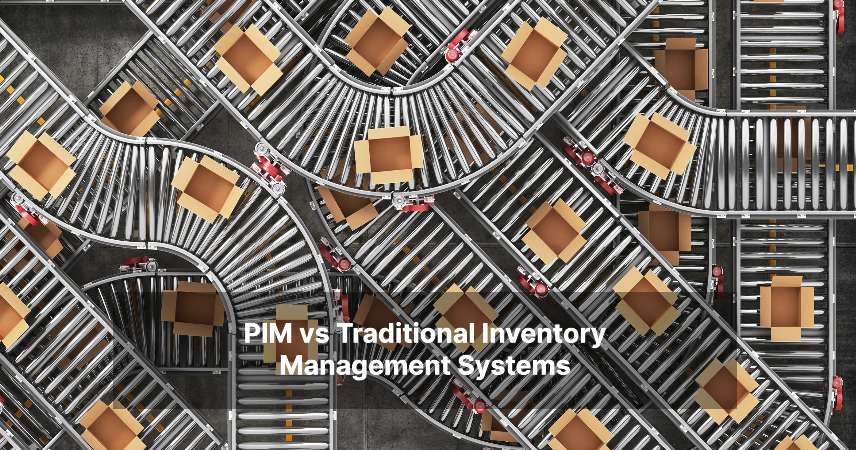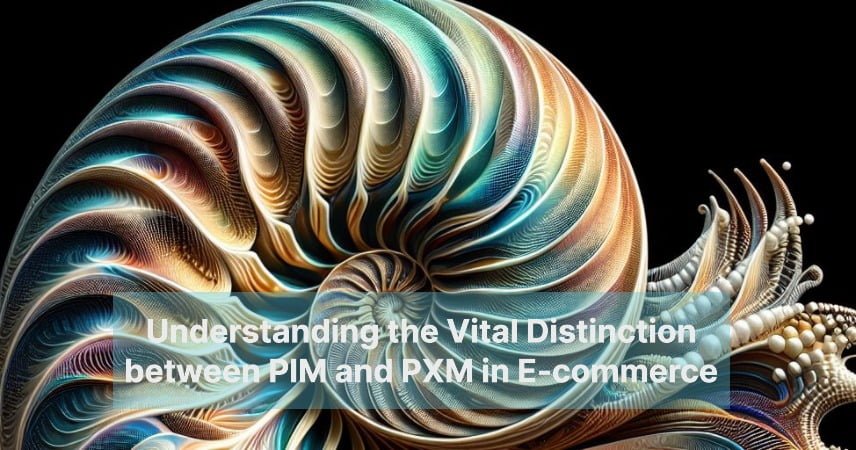PIM vs Traditional Inventory Management Systems

In the dynamic realm of business operations, efficient inventory management stands as a cornerstone for success. As enterprises strive to streamline their processes, the advent of technology has introduced various methodologies to handle inventory effectively. Among these, Product Information Management (PIM) and traditional inventory management systems emerge as prominent contenders. In this comprehensive exploration, we delve into the nuances of each, unravelling the key differentiators and elucidating their respective merits.
Unraveling Traditional Inventory Management Systems
Traditional inventory management systems have long been the stalwart of businesses, providing a structured approach to tracking and controlling inventory levels. These systems typically involve manual processes, relying on spreadsheets or rudimentary software solutions to manage stock. While offering a semblance of organization, traditional methods often fall short of accommodating the complexities of modern business environments.
The Emergence of PIM: Revolutionizing Inventory Management
In contrast, Product Information Management (PIM) represents a paradigm shift in inventory management practices. By centralizing product data and attributes, PIM solutions offer a comprehensive platform for managing vast catalogues with ease. Unlike traditional systems, which focus solely on inventory levels, PIM transcends boundaries by incorporating rich product information, enabling businesses to create compelling, personalized experiences for customers.
Key Distinctions: PIM vs Traditional Systems
Data Focus
Traditional inventory management systems primarily centre around inventory quantities and movements. While adequate for basic tracking purposes, these systems lack the depth required to effectively manage product data. In contrast, PIM solutions prioritize the holistic management of product information, encompassing attributes, images, descriptions, and more.
Scalability
One of the inherent limitations of traditional systems lies in their scalability. As businesses expand and diversify their product offerings, conventional methods struggle to keep pace. PIM, with its flexible architecture and robust capabilities, scales effortlessly to accommodate evolving business needs, making it the preferred choice for growth-oriented enterprises.
Integration Capabilities
In today’s interconnected digital ecosystem, seamless integration with other business systems is imperative. Traditional inventory management systems often operate in isolation, leading to siloed data and inefficiencies. PIM solutions, on the other hand, excel in integration, facilitating seamless connectivity with e-commerce platforms, ERP systems, and more, thereby fostering synergies across the entire business landscape.
Customer Experience
In an era defined by consumer empowerment, delivering exceptional customer experiences is paramount. Traditional inventory management systems, constrained by their narrow focus, offer a limited scope for enhancing customer interactions. PIM solutions, equipped with enriched product data and omnichannel capabilities, empower businesses to deliver personalized experiences that resonate with consumers, fostering loyalty and driving revenue growth.
Conclusion
In summary, the disparity between PIM and traditional inventory management systems lies not merely in their operational mechanics but in their overarching philosophy. While traditional systems offer a rudimentary approach to inventory control, PIM transcends conventional boundaries, redefining the very essence of inventory management. As businesses navigate the complexities of an ever-evolving marketplace, the choice between tradition and innovation becomes clear: embrace the future with PIM and unlock limitless possibilities for growth and success.





